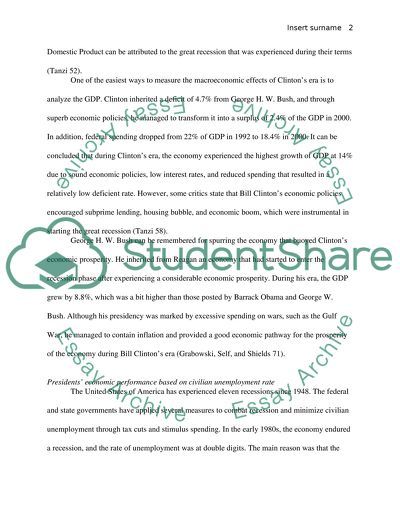Cite this document
(“Economic Report Essay Example | Topics and Well Written Essays - 1500 words”, n.d.)
Economic Report Essay Example | Topics and Well Written Essays - 1500 words. Retrieved from https://studentshare.org/macro-microeconomics/1468974-economic-report
Economic Report Essay Example | Topics and Well Written Essays - 1500 words. Retrieved from https://studentshare.org/macro-microeconomics/1468974-economic-report
(Economic Report Essay Example | Topics and Well Written Essays - 1500 Words)
Economic Report Essay Example | Topics and Well Written Essays - 1500 Words. https://studentshare.org/macro-microeconomics/1468974-economic-report.
Economic Report Essay Example | Topics and Well Written Essays - 1500 Words. https://studentshare.org/macro-microeconomics/1468974-economic-report.
“Economic Report Essay Example | Topics and Well Written Essays - 1500 Words”, n.d. https://studentshare.org/macro-microeconomics/1468974-economic-report.


